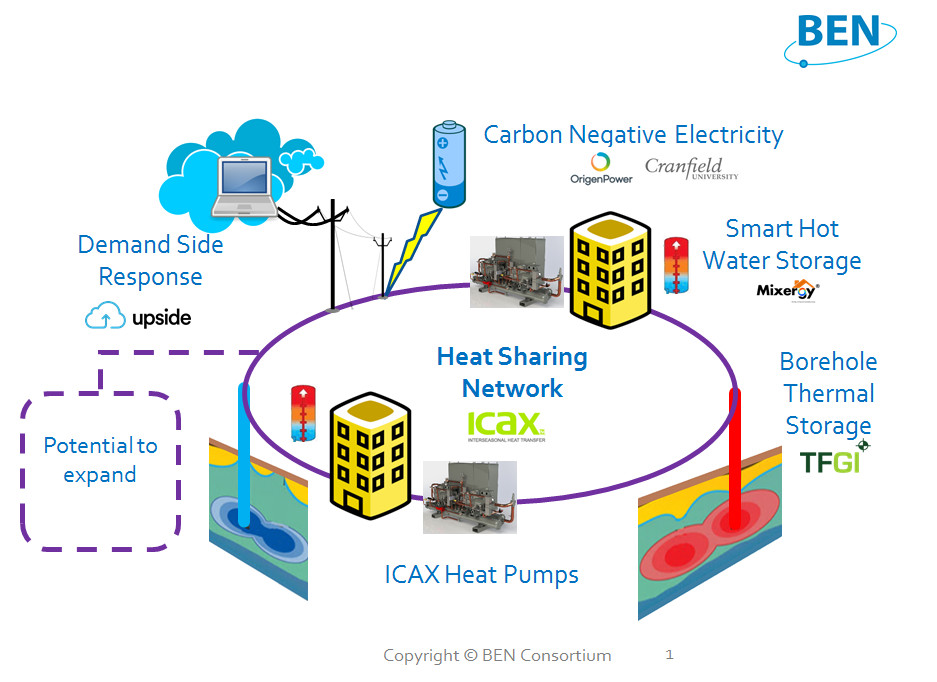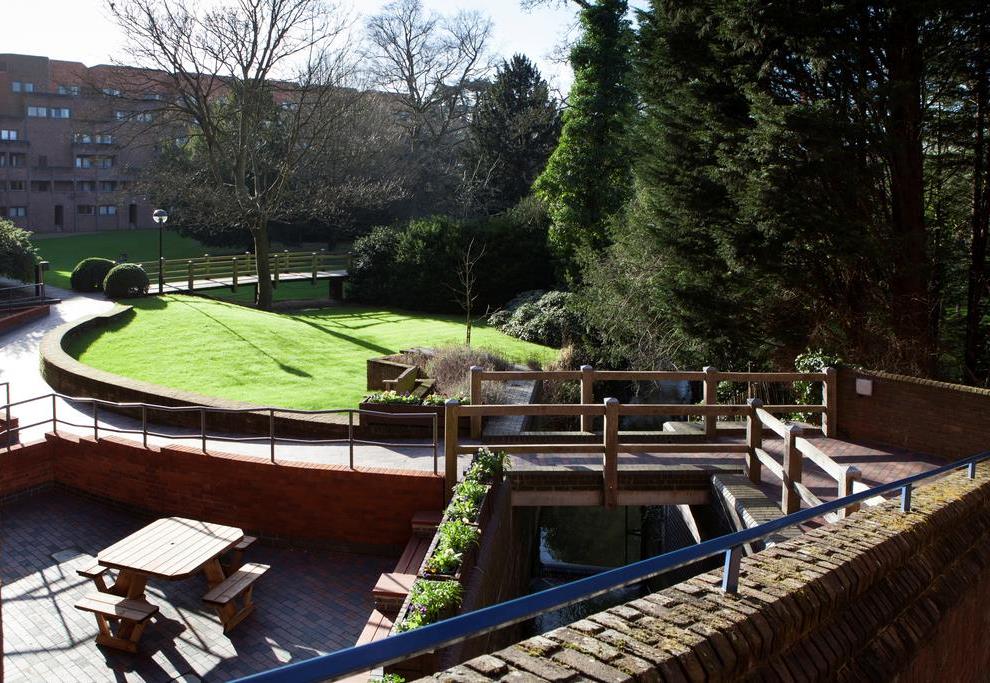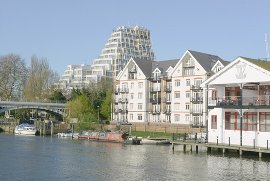Water Source Heat Pump Case Studies
WSHP case studies from ICAX provide a number of notable water source installations. A number of interesting case studies are highlighted below. They show that water source heat pumps can provide an excellent heating solution for larger buildings.
A WSHP can provide heating successfully to old buildings as well as new, to buildings in towns as well as buildings in the country, and to factories, hospitals and schools as well as to homes.

Southwark decarbonises district heating plantrooms
ICAX is decarbonising three housing estates of the the London Borough of Southwark by installing water source heat pumps in the plantrooms of community based district heating systems.
The five ICAX high temperature heat pumps installed in three plant rooms will draw heat from the London Chalk Aquifer to provide heating via Fourth Generation district heat networks in conjunction with the gas-fired boilers which are currently being used. The existing heat distribution systems within the estates will not need to be refurbished as high temperature heat pumps are being installed.
2,175 homes will benefit from clean heating and the reduced emission of NO2 will contribute towards cleaner air in Southwark.
Two of the three estates are projected to save well over 25,000 tonnes of CO2e over the first 25 years of use, and the third is predicted to save 16,240 tonnes.

Shoreham Harbour Marine Source Heat Pump
An ICAX marine source heat pump will be installed in Maritime House at the east end of Shoreham Harbour to provide heating in place of the oil boilers which are currently being used.
ICAX has designed an abstraction and rejection system to cope with the corrosive potential of salt water, biological growth and potential fouling from molluscs and other maritime debris.
The heat pump is designed to provide a high temperature flow to the building so that the existing heat distribution system within Maritime House will not need to be refurbished. This will save time and avoid disruption so that the retrofit can proceed with minimum interruption to the work that goes on in the building.
This 300 kW heat pump, like all other heat pumps, will emit no carbon dioxide on site. Because heat pumps avoid the need for combustion it will also issue no nitrogen dioxide, nor sulphur dioxide or any other gas or particulate matter in Shoreham.

Balanced Energy Networks, London
Innovate UK has awarded £2.9m towards the £4m BEN Consortium which has built a Balanced Energy Network at London South Bank University to demonstrate innovations in integrated energy supply chains.
The Balanced Energy Network incorporates a heat sharing network which is designed to provide a more cost effective, flexible, and scalable alternative to conventional district heating network technology. Heat sharing networks transfer warmth via piping circuits between buildings at near ground temperature and extract it via heat pumps in each building: fifth generation district heating and cooling networks.
Buildings which need cooling use heat pumps to reject heat to the ground circuit – to the benefit of those that need heating.
The buildings in the network contribute to load balancing of the Grid, and earn revenue, by using Demand Side Response across the Internet of Things.
On 6 November 2018 the Balanced Energy Network was announced as the winner of The Engineer's Collaborate to Innovate Award in the Energy and Environment category for its Fifth Generation District Heat Network.

Robinson College, Cambridge
A surface water heat pump at Robinson College transfers heat from Bin Brook to heat the college in winter and provide hot water all year round. Heat pumps and seasonal thermal energy storage with a sophisticated energy management system provides a totally automated system that balances the temperature in the building by heat exchange with the water in the brook that runs through the college gardens.




